How did the Russian Orthodox Church survive 70 years of atheism in the USSR? (PHOTOS)
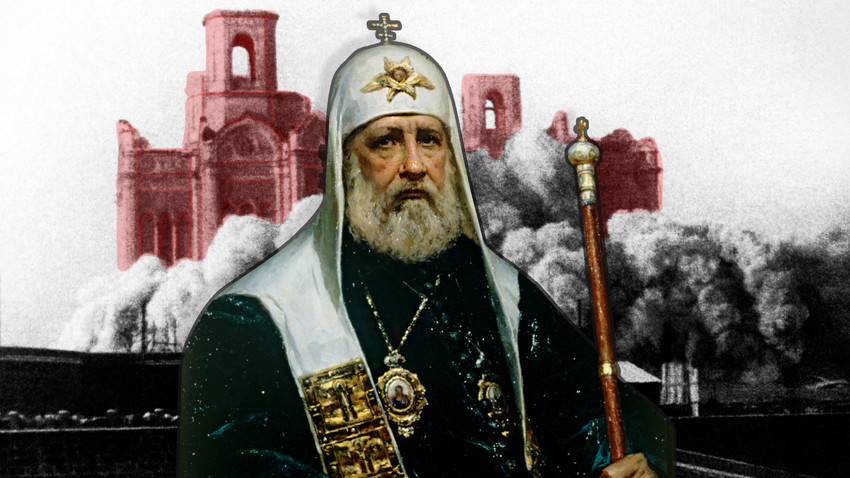
The Orthodoxy in the 20th century had its share of problems with the Soviet government.
TASS, SputnikThe Russian Empire entered the 20th century as the biggest Orthodox state in the world. Around 90 million people out of total population of 125 million identified themselves as Orthodox in the 1897 census and there were approximately 50,000 churches in Russia
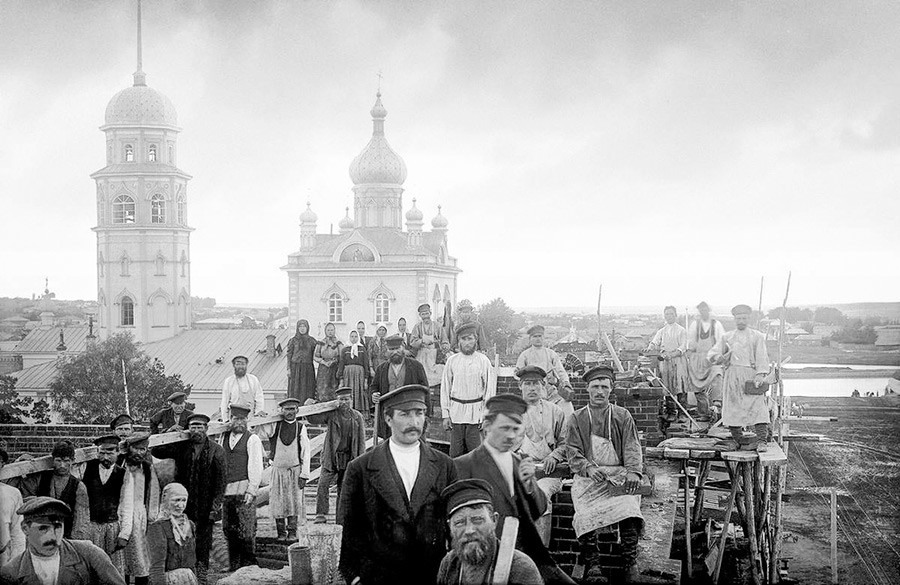
People attending a church in the Urals, pre-revolutionary Russia.
russiainphoto.ruPart of the intelligentsia criticized the Church both for its apparent dependence on the state and its alleged lethargy. Some of the
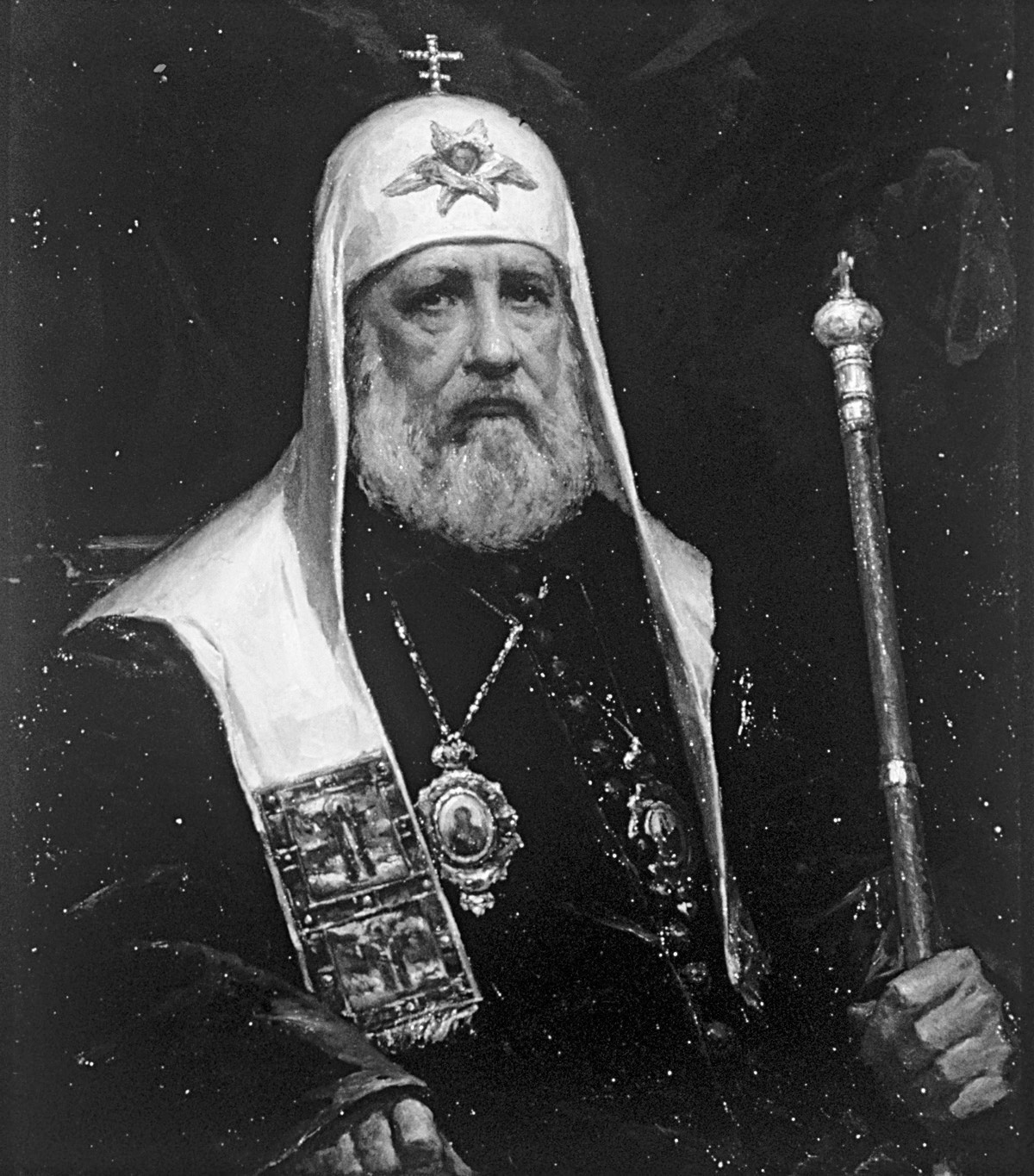
Tikhon (Bellavin), the Patriarch of Moscow and All Russia.
Sputnik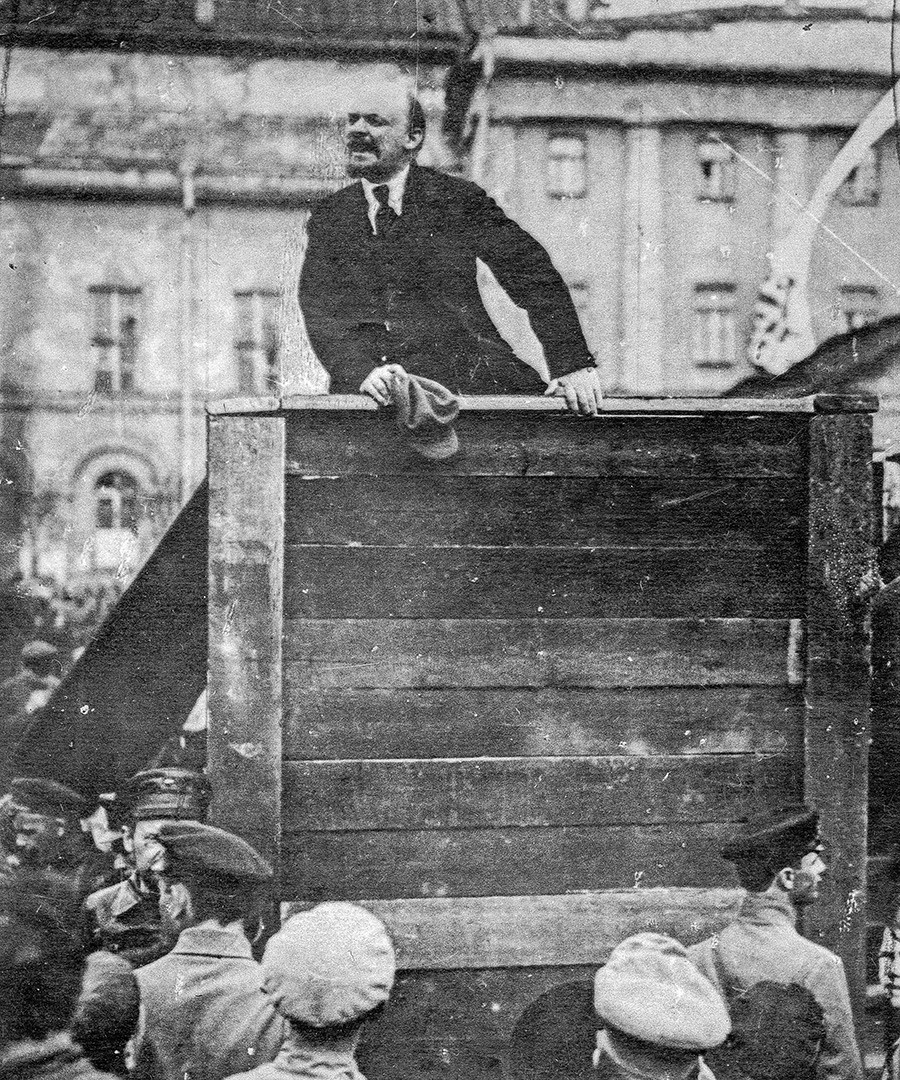
Vladimir Lenin.
Global Look Press“Worshipping any god is ideological necrophilia,” Vladimir Lenin, the Bolshevik leader, once wrote to Maxim Gorky. In October 1917 the Bolsheviks, radical Marxist atheists, seized power. Crushing religion generally and Orthodoxy, in particular, was a central part of their program.
Nonetheless, the Bolsheviks never banned the Church entirely “only” oppressing it instead. To begin with, they deprived priests of the right to vote and closed several monasteries and cathedrals.
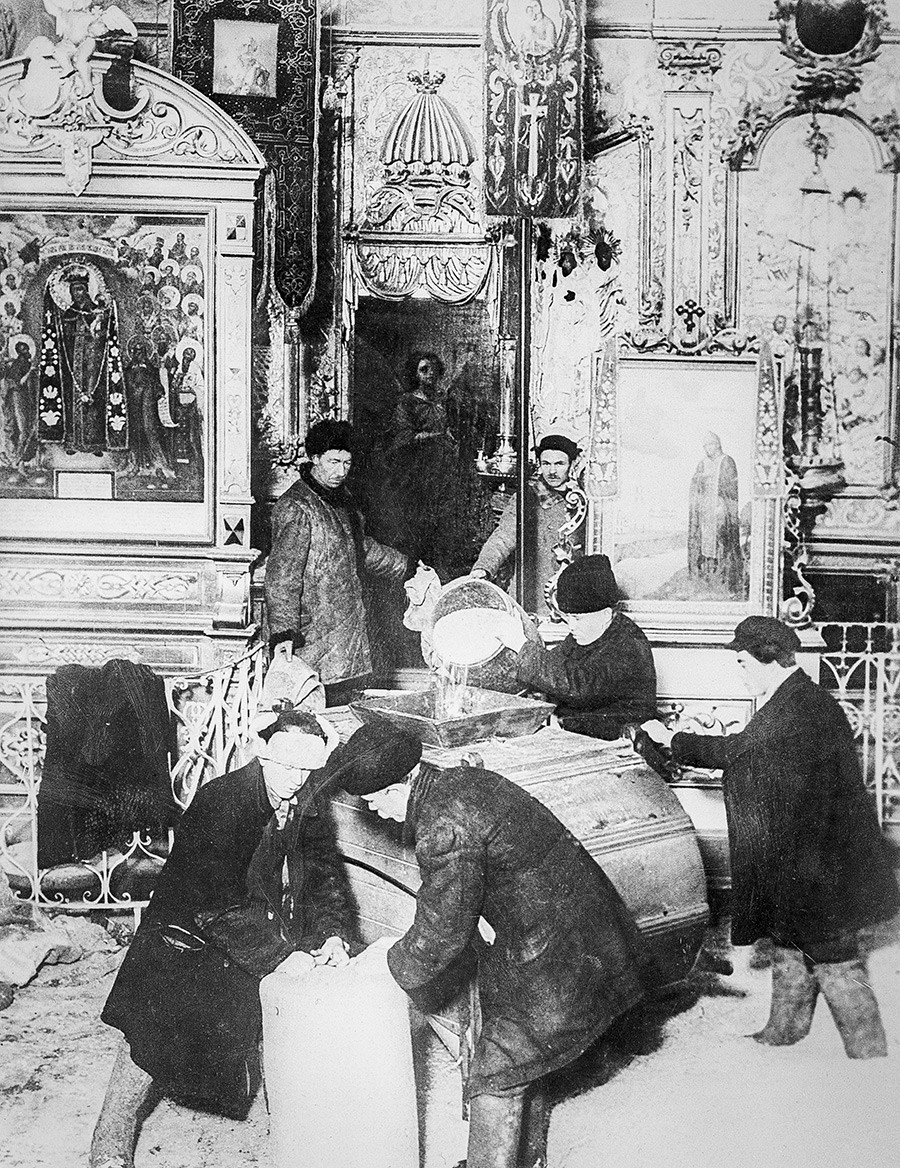
Bolsheviks confiscating church values, the early 1920s.
Getty ImagesPatriarch Tikhon confronted the powers-that-be: in 1918 he condemned “the godless”, not mentioning the government directly but writing about “the powers that promised to establish right and truth but show only violence to everyone, namely to the Holy Orthodox Church”.
In 1922, Lenin ordered the confiscation of church valuables all over Russia under the pretext of helping the hungry. The violent confiscations led to conflict. Some 2,000 priests and others who sought to protect churches were shot, historian Alexey Beglov notes. The Bolsheviks arrested Tikhon. Until his death in 1925, the Patriarch continued to have troubled relations with the Bolsheviks
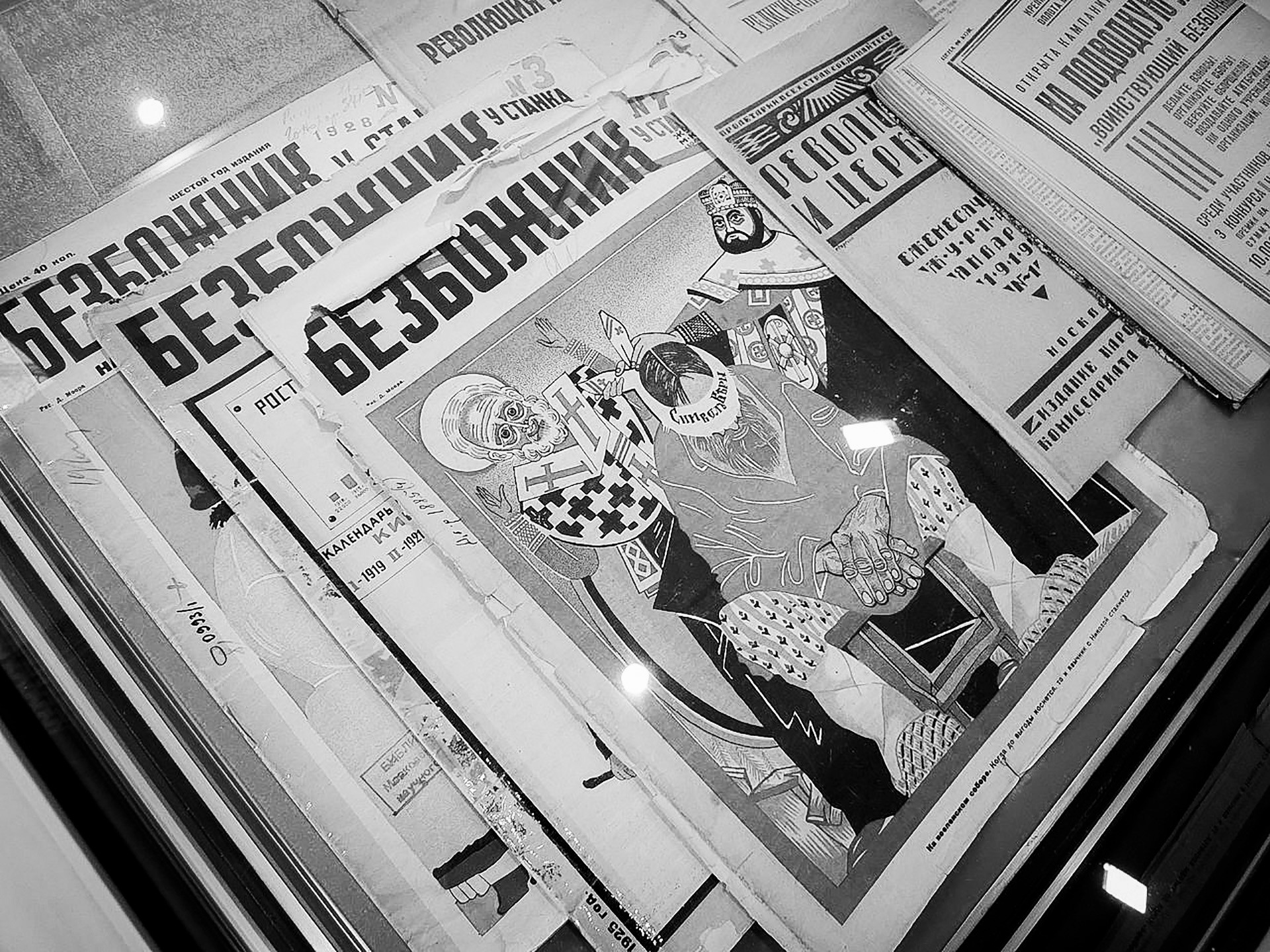
An anti-religious magazine "The Atheist", widely popular in the early Soviet Years.
Shakko/WikipediaThe League of Militant Atheists, founded in 1925, used all means – including lectures, newspaper
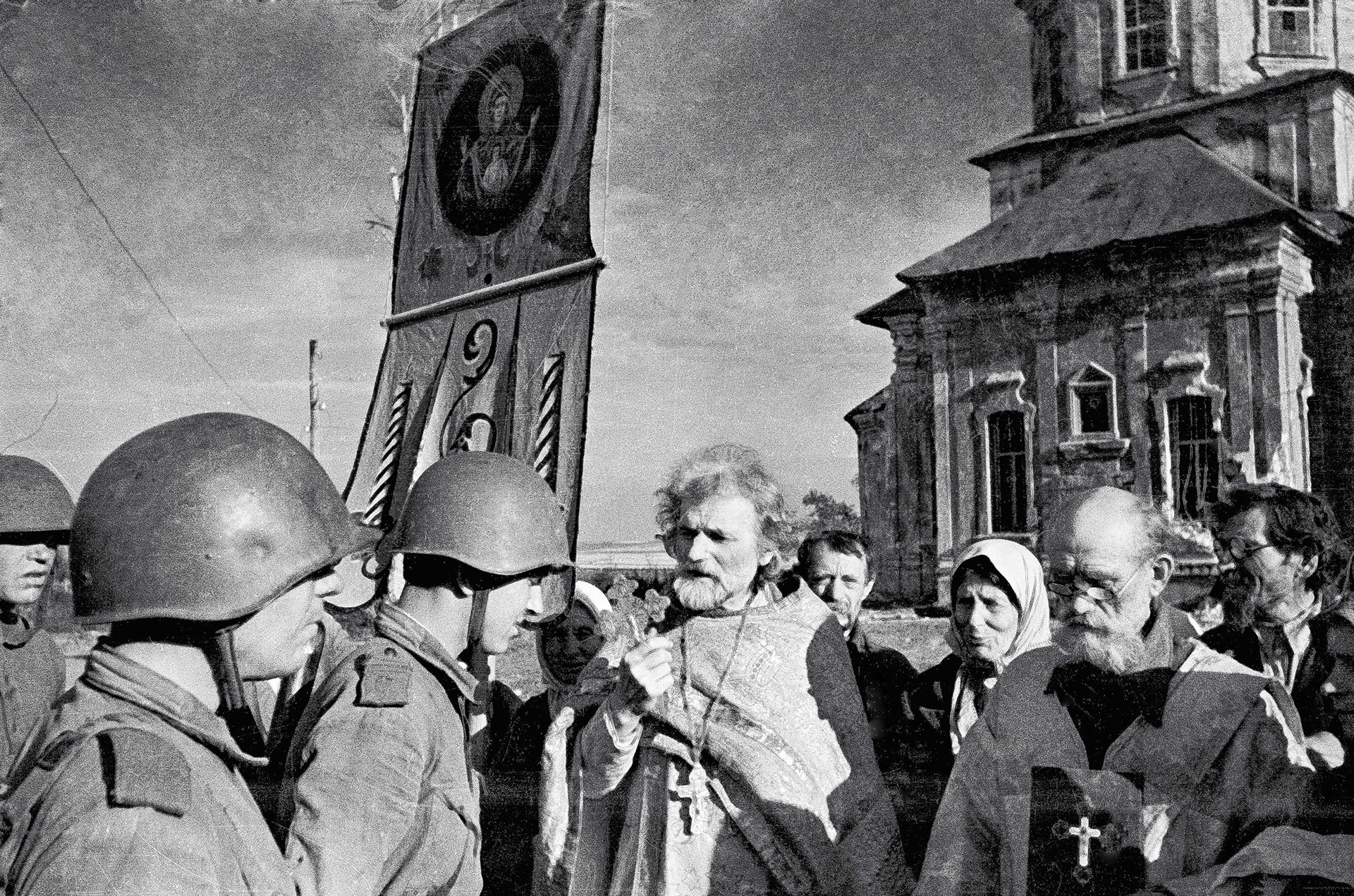
A priest blessing soldiers during the Great Patriotic War, 1943.
Alpert/Sputnik
Patriarch Sergius (left) and Joseph Stalin.
Public domain/Global Look PressBut this was no Soviet epiphany – just a weighing of pros and cons.
In 1941-1942 U.S. president Franklin D. Roosevelt asked Stalin to grant Soviet citizens more religious freedoms, threatening to withdraw U.S. wartime economic and military support if the Soviet leader did not comply.
Meanwhile, Germans were opening churches in occupied territories to win the hearts and minds of the Orthodox faithful. Stalin decided it would be foolhardy to undermine Soviet authority by destroying churches once again; sacrificing state atheism for the sake of victory seemed a fair deal. Moreover, the new Patriarch Sergius was utterly loyal to the authorities. “We shall prove that the most devoted Orthodox follower can be a loyal citizen of the USSR,” he wrote
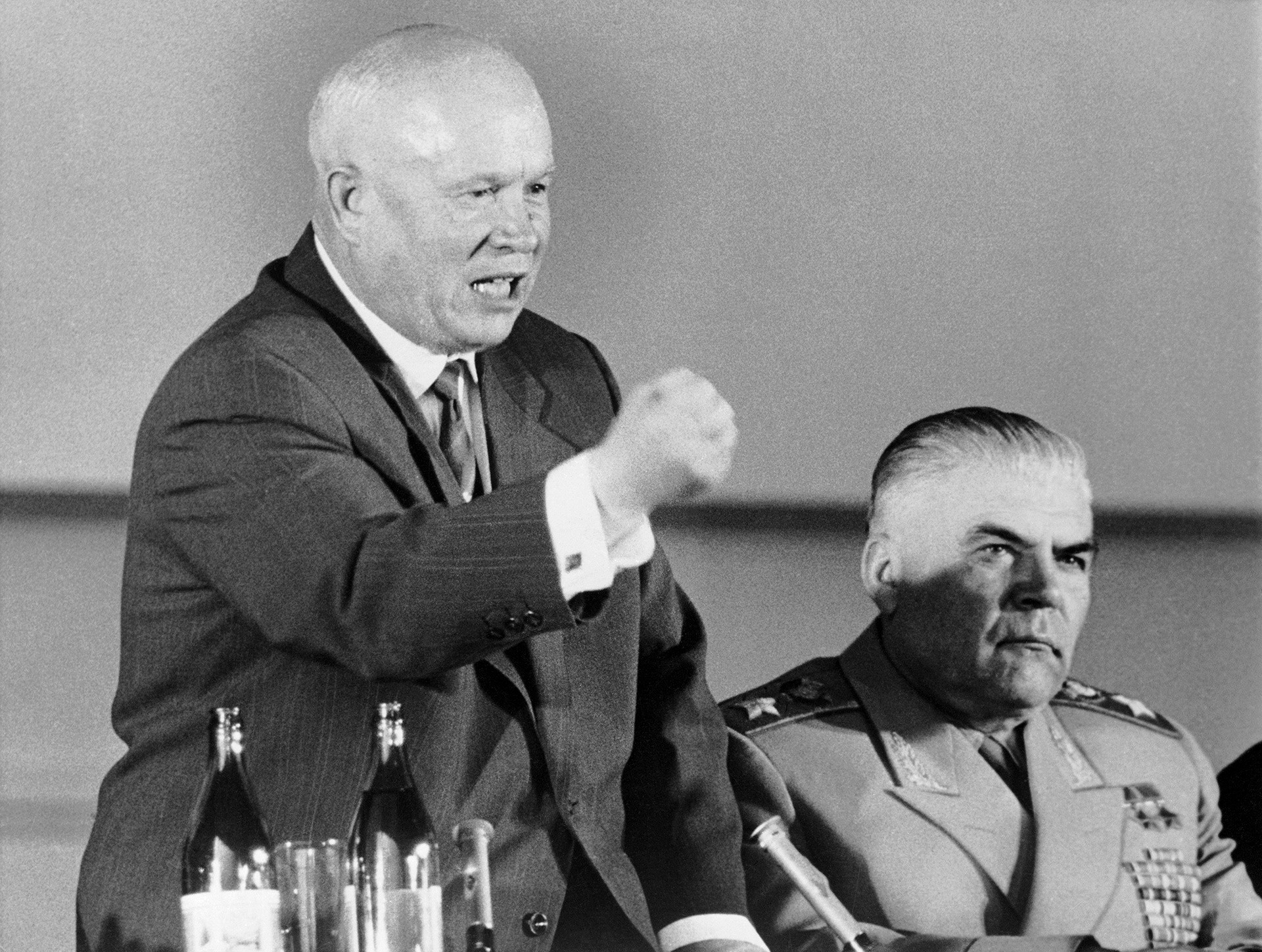
Nikita Khrushchev.
Getty Images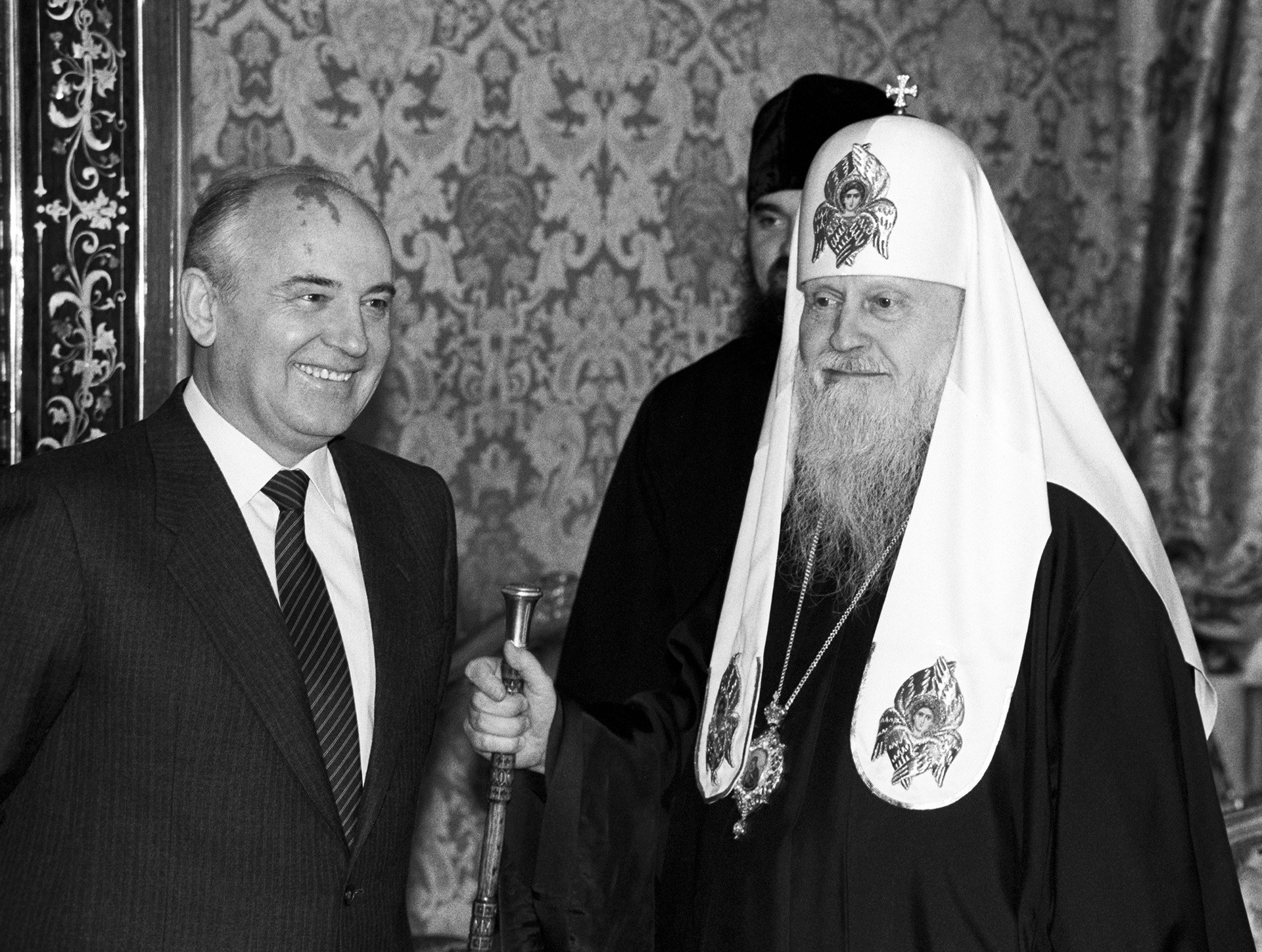
Mikhail Gorbachev and Patriarch Pimen at the meeting.
Yuri Lizunov; Alexander Chumichev/TASSThough an atheist himself, during perestroika, Gorbachev let believers perform their rituals and, in 1988, gave his blessing to a nationwide celebration of the millennium of Christianity in Russia. In 1991, the government adopted a new law on religious freedom that did away with all the old Soviet restrictions. A new century was approaching – and with it a new era for Russian Orthodoxy as well.
If using any of Russia Beyond's content, partly or in full, always provide an active hyperlink to the original material.
Subscribe
to our newsletter!
Get the week's best stories straight to your inbox